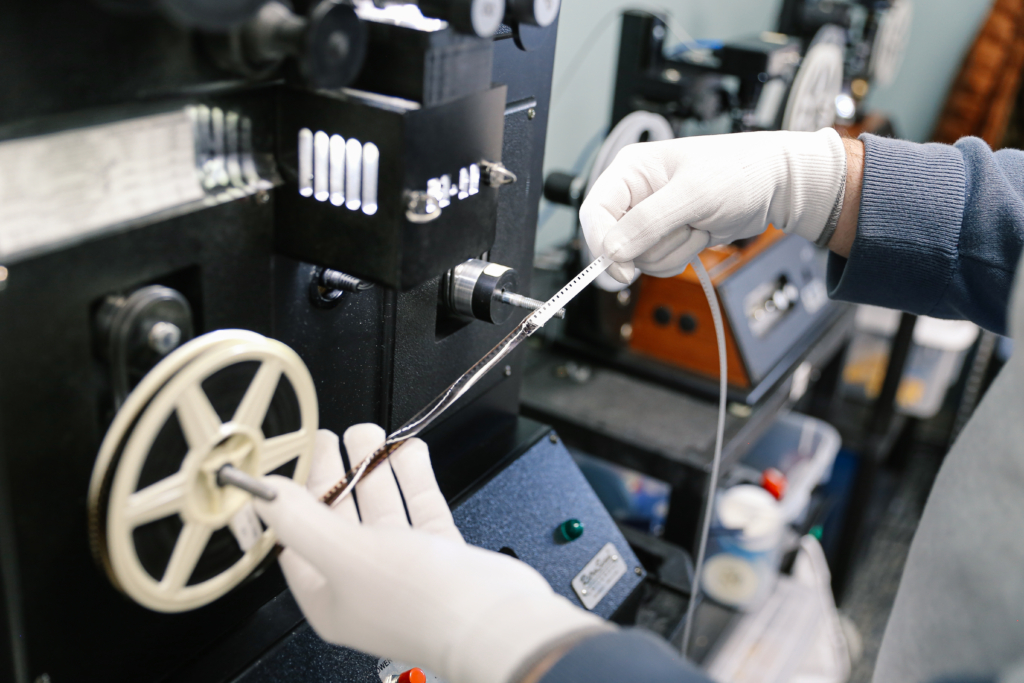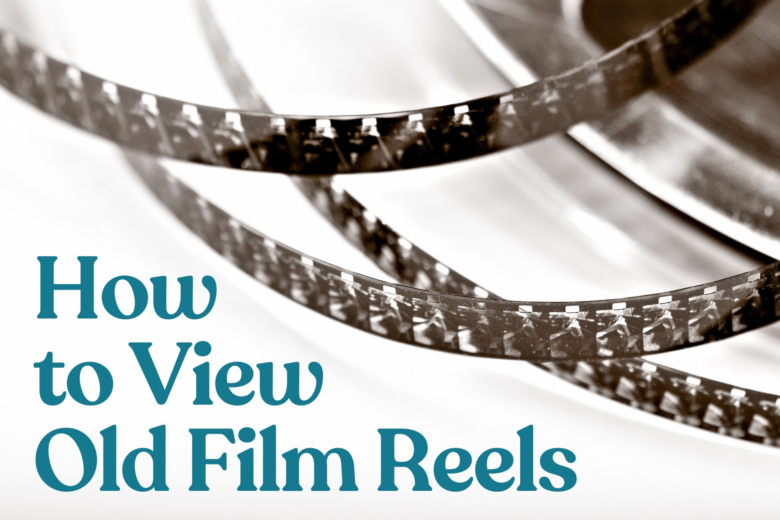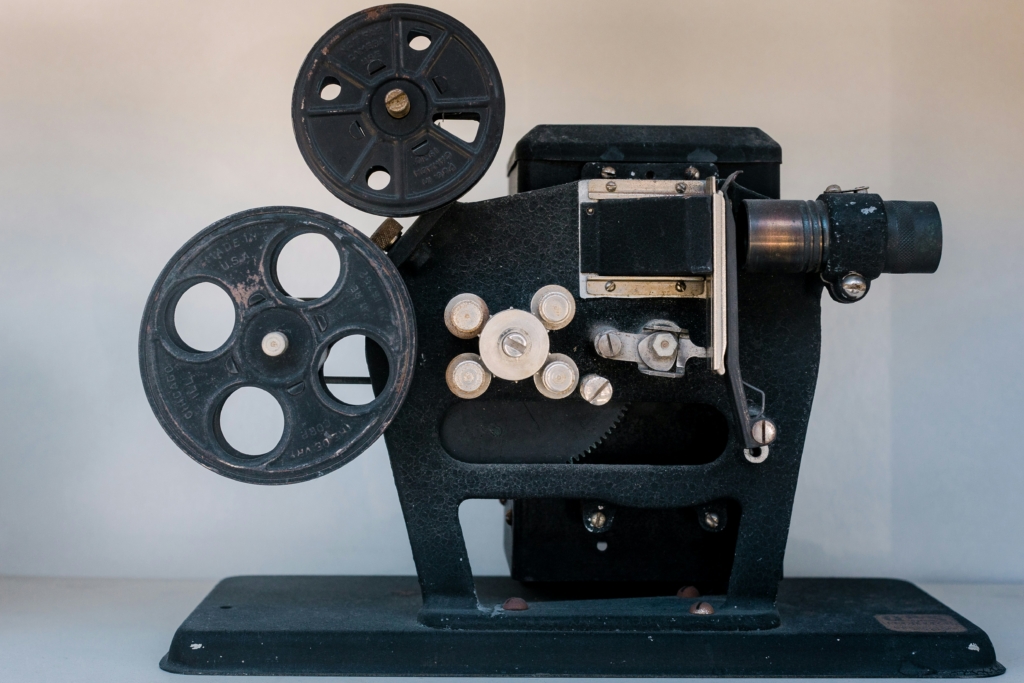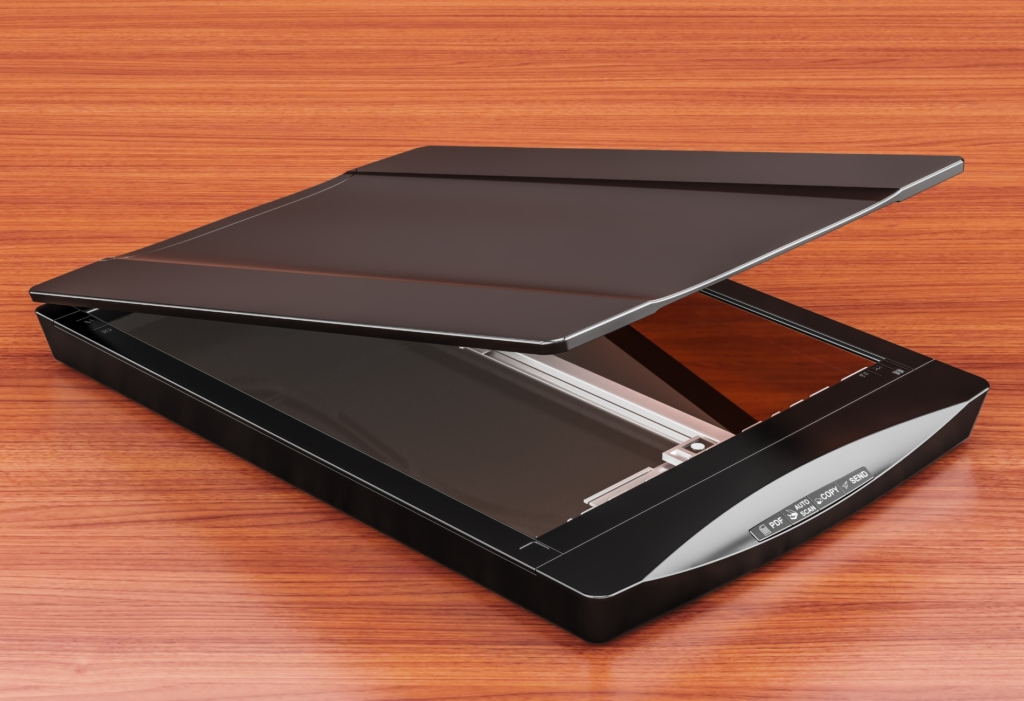If you have old film reels tucked away in your attic, garage, or inside a shoebox in the back of your closet, you’re probably sitting on a goldmine of family memories. Weddings, first steps, birthday parties… maybe even moments you didn’t know were captured.
Thankfully, you don’t need a projector to bring your reels back to life. In this guide, we walk you through how to view old film reels and how to preserve them forever by going digital.
HOW TO WATCH OLD FILM REELS
Once you’ve dusted them off, the next step is figuring out how to view old film reels. You have several options, from vintage projectors to professional digitization.
Here are six ways to bring your memories back to life.
1. PROJECTORS
This is the way film reels were made to be enjoyed, and for many years, it was the only way to watch moving pictures. Projectors are still a great option if you want that authentic, nostalgic experience.
A projector works by feeding the film through a light source and lens, which magnifies the image and projects it onto a screen or wall. To get started, you’ll need a projector compatible with your reel size. Then, insert the reel onto the feed arm, thread the film through, and attach it to the take-up reel on the opposite side. When it’s switched on, the film advances frame by frame, projecting a moving image.
Tips for best results:
- Keep the projector’s bulb and film path clean and lubricated.
- Handle film by the edges and avoid touching the frames directly.
- If the film feels brittle, consider having it digitized before attempting projection, as older reels can easily snap.
2. HIGH-POWER MAGNIFIERS
A high-power magnifier is a simple, low-tech way to view old film reels, though you won’t see the moving picture. Instead, you’ll see each frame on its own.
Find a well-lit spot or shine a soft light through the film. Hold the reel or strip of film up to the light, then use the magnifier to inspect each frame. You can quickly see what’s on the reel and check for damage.
Why use high-power magnifiers to view old film reels?
- No special equipment or power source needed
- Instant viewing
- Inexpensive and easy to do at home
Limits of using high-power magnifiers to view old film reels
- You only see one frame at a time – not a solution to actually watch old film reels
- Time-consuming for longer reels if you want to view every frame
- No motion or sound, just still images
3. LIGHTBOXES
A lightbox is another method to view old film reels without a projector. It’s a flat surface with a built-in light that shines evenly upward through the film, making each frame bright and easy to see.
Simply unspool a short length of film onto the lightbox surface; use a magnifier if needed for extra detail. Photographers often use lightboxes to view negatives, but they work just as well for old film reels.
Why use lightboxes to view old film reels?
- Affordable and easy to use
- Gentle for fragile reels
- Great for identifying scenes before a full viewing or digitization
Limits of using lightboxes to view old film reels
- Still-frame only, no playback of the actual motion
- No magnification
4. FLATBED SCANNERS
For a more detailed, high-resolution look at your old film reels, a flatbed scanner can be very effective. These scanners use a backlight in the lid to illuminate the reel, scanning a digital image to your computer.
To try this method, cut or unspool small strips of your film (a few frames long) and place them on the scanner bed. Once the software has captured each frame, you can zoom, share digitally, and even print still images. This won’t give you moving footage, though. It’s more for frame-by-frame preservation.
Why use a flatbed scanner to view old film reels?
- Produces high-quality digital images that are easy to share
- Lets you inspect details you might miss with the naked eye
- Preserves frames for digital storage or restoration
Limits to using a flatbed scanner to view old film reels?
- Time-consuming if you want to look at more than one or two frames
- Requires cutting or unspooling the film, so it is not suitable for reels you want to keep completely intact
- Expensive and complicated to use
5. VINTAGE FILM EDITORS
These tabletop devices were used by home filmmakers to view, cut, and splice their images before the digital era set in, and are a low-fi way to watch old film reels.
Vintage film editors have two small reels, a hand crank, and a built-in viewing screen. You manually wind the film through, and a light inside illuminates each frame so you can watch the footage on the screen. Some newer models include a mini projector to make viewing easier.
Why use vintage film editors to view old film reels?
- Safer for fragile film than a projector
- Can be used for splicing
Limits of using vintage film editors to view old film reels
- Only available second-hand, and can be hard to find in good working condition
- Viewing screens are small and not as bright as a projector
- Plays at a slower speed than a projector, as it’s manual
6. FILM TRANSFER SERVICES

If you want the clearest, safest, and most convenient way to watch your old film reels, nothing beats professional film transfer services, like the ones offered by EverPresent.
We carefully digitize your reels so you can watch them on any modern device, from your TV to your phone, without risking damage to the originals. Your reels are cleaned, repaired if needed, and then run through specialized equipment that captures each frame in high resolution.
The footage is then color-corrected and stabilized, with options to add sound chapter markers. You’ll then receive digital files, DVDs, or USB drives, along with your physical reels, which can go back into storage.
Why it’s the best choice:
- Protects fragile, aging film from further wear
- Produces the highest-quality viewing experience
- Safeguards your memories in a digital format that can be shared
TOP TIPS FOR HOW TO VIEW OLD FILM REELS
Old film reels can be surprisingly delicate, especially if they’ve been sitting in storage for decades. Before trying to watch them, it’s important to check for signs of damage, as they could snap or degrade further if run through a projector or editor.
That’s why the safest, most reliable option is to use a professional digital transfer service. At EverPresent, we specialize in carefully cleaning, repairing, and digitizing film so your memories can be enjoyed without risk.
Trust EverPresent to bring your old film reels back to life. Get in touch today to learn more.




